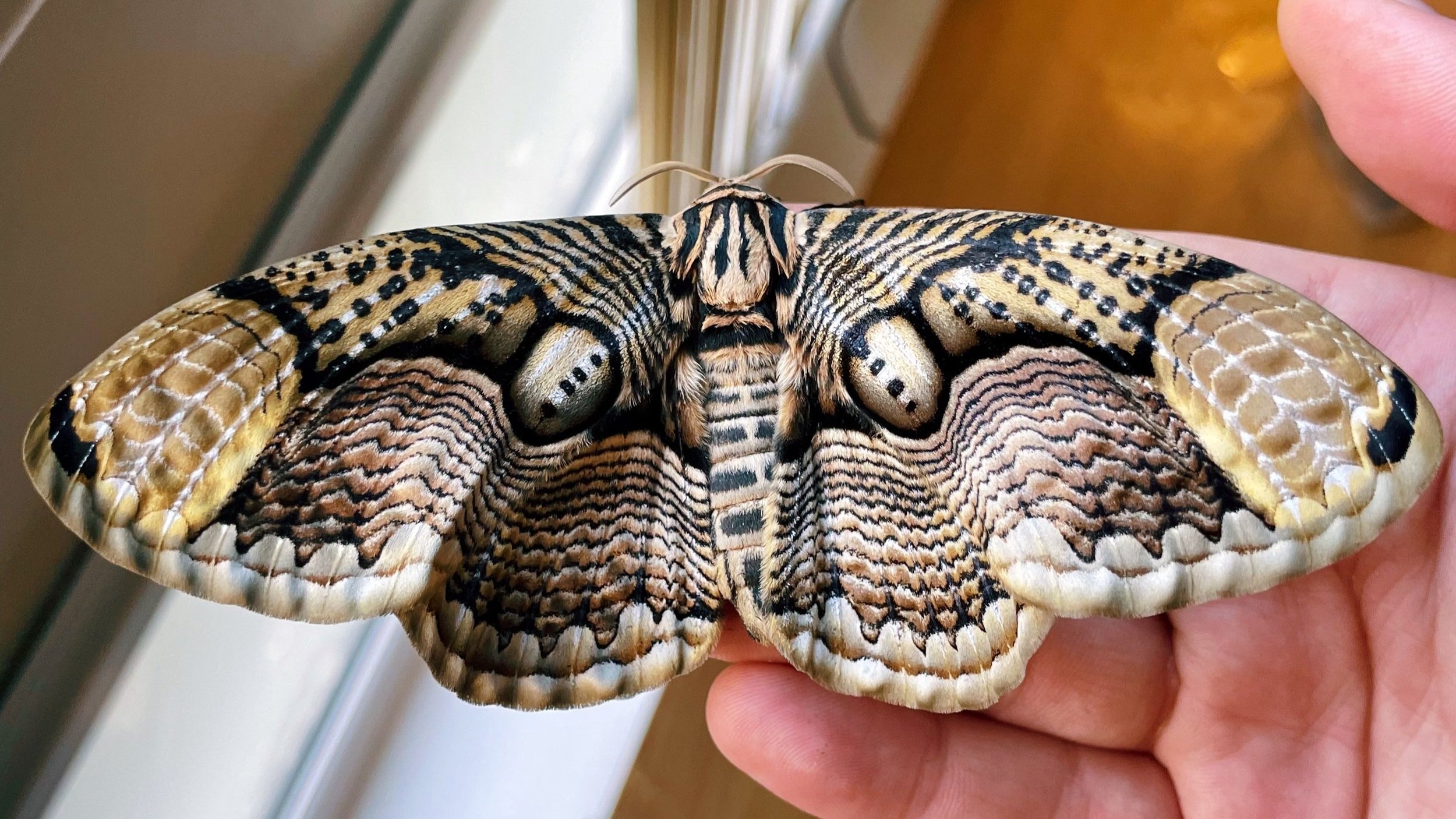Owl Moth Care Guide
This guide refers to Owl Moths, specifically Brahmaea tancrei; wallichii; and hearseyi.

Eggs should be kept in closed plastic containers to prevent them drying out. They will typically darken from a pale yellow-white colour to almost black before hatching. When the eggs start hatching, the young caterpillars will benefit from extra humidity at this time, which can be applied by finely misting the inside lid of the container - do not spray directly onto the eggs or allow them to sit in water droplets as this can drown the embryo or cause mould to grow, killing the developing caterpillar before it can hatch.
The best host plants for these moths include: Privet, Lilac, and Ash. Privet is obviously the best in winter as it is evergreen.
You can add leaves to their container once the caterpillars hatch, but do not add any prior to this as leaves will release moisture and this often causes the eggs to mould before hatching. I prefer to transfer hatchlings to a new container so that eggs are not affected. Pupation typically occurs around 4-5 weeks after the caterpillar hatches from the egg. Rearing is not at all challenging following standard methods.

When caterpillars are mature and fully-grown, they will begin to search for somewhere to pupate. In nature, they burrow underground and construct a small chamber within which they pupate. In captivity, you can provide a tray of compost for the caterpillars to pupate among, or move them to another container full of paper towel. The latter is my preferred method, as it is simpler and cleaner.
B. tancrei is univoltine (single-brooded), so pupae should be stored cold over winter until the following spring, when the moths emerge to breed. With B. hearseyi/wallichii, it is possible to induce dormancy by storing the pupae cold. Alternatively, you can allow them to develop, in which case the moths will emerge after only around 3-4 weeks.
Adult moths require minimal care. They do not eat, having no mouth parts, requiring only ample space to fly. A 60cm mesh cage would be ample size for around 10 adults, whilst a 90cm cage could accommodate larger numbers. Both are available to purchase on this site. Breeding occurs easily with good air flow.

